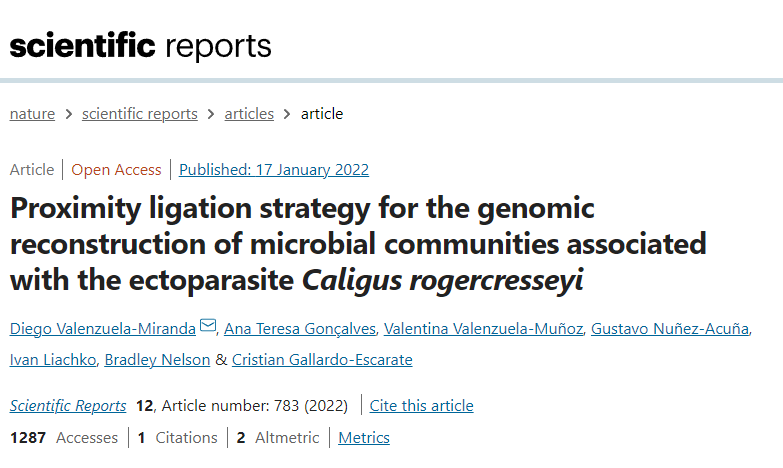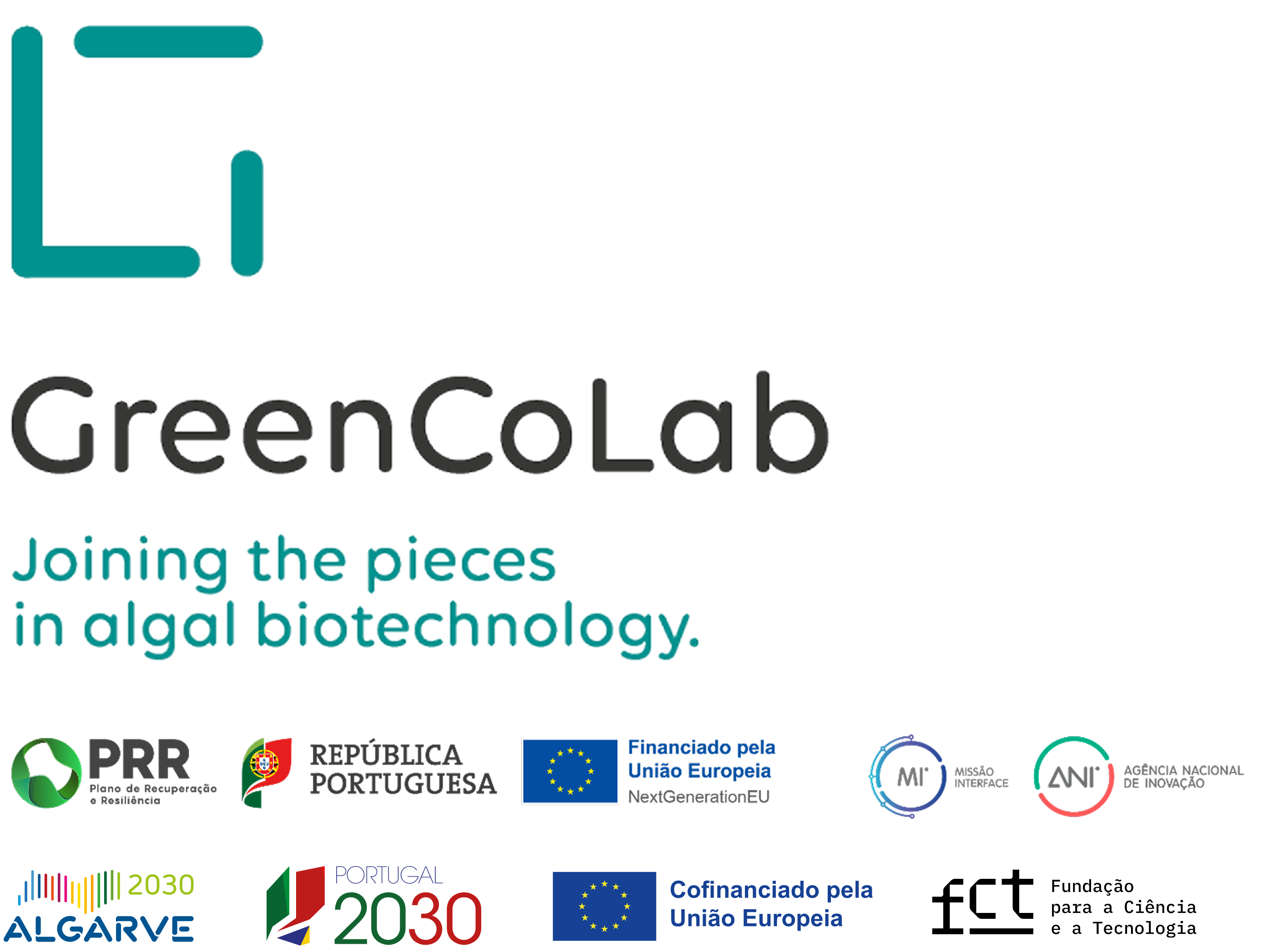

TITLE
Proximity ligation strategy for the genomic reconstruction of microbial communities associated with the ectoparasite Caligus rogercresseyi
JOURNAL
Scientific Reports
AUTHORS
Diego Valenzuela-Miranda, Ana Teresa Gonçalves, Valentina Valenzuela-Muñoz, Gustavo Nuñez-Acuña, Ivan Liachko, Bradley Nelson & Cristian Gallardo-Escarate
ABSTRACT
The sea louse Caligus rogercresseyi has become one of the main constraints for the sustainable development of salmon aquaculture in Chile. Although this parasite’s negative impacts are well recognized by the industry, some novel potential threats remain unnoticed. The recent sequencing of the C. rogercresseyi genome revealed a large bacterial community associated with the sea louse, however, it is unknown if these microorganisms should become a new focus of sanitary concern. Herein, chromosome proximity ligation (Hi-C) coupled with long-read sequencing were used for the genomic reconstruction of the C. rogercresseyi microbiota. Through deconvolution analysis, we were able to assemble and characterize 413 bacterial genome clusters, including six bacterial genomes with more than 80% of completeness. The most represented bacterial genome belonged to the fish pathogen Tenacibacullum ovolyticum (97.87% completeness), followed by Dokdonia sp. (96.71% completeness). This completeness allowed identifying 21 virulence factors (VF) within the T. ovolyticum genome and four antibiotic resistance genes (ARG). Notably, genomic pathway reconstruction analysis suggests putative metabolic complementation mechanisms between C. rogercresseyi and its associated microbiota. Taken together, our data highlight the relevance of Hi-C techniques to discover pathogenic bacteria, VF, and ARGs and also suggest novel host-microbiota mutualism in sea lice biology.



